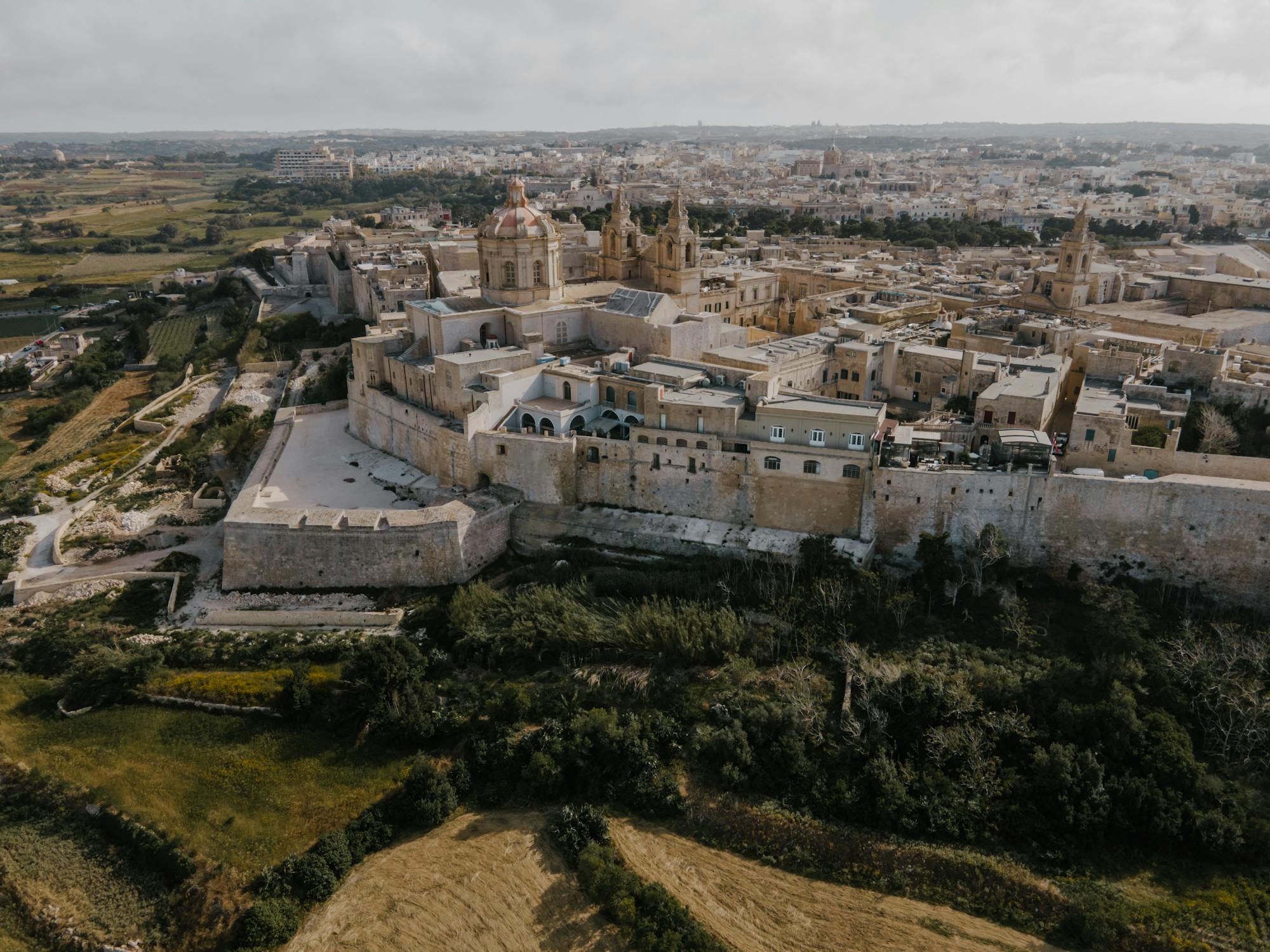Top Five Hidden Gems of Ancient Architecture

Ancient architecture holds secrets that continue to awe and inspire. Beyond the well-trodden paths to iconic landmarks, there are lesser-known marvels that showcase the ingenuity and creativity of ancient civilizations. These hidden gems, often overshadowed by their more famous counterparts, offer a glimpse into the past with their unique designs and historical significance.
The Hypogeum of Ħal-Saflieni
Located in Paola, Malta, the Hypogeum of Ħal-Saflieni is an underground prehistoric burial site dating back to around 4000 BC. This multi-level subterranean structure was discovered accidentally in 1902 and has since been recognized as a UNESCO World Heritage Site. The Hypogeum consists of chambers and passages carved out of limestone, showcasing advanced engineering skills for its time.
One of the most intriguing aspects of the Hypogeum is its acoustics. The Oracle Room within the complex produces a unique resonance that amplifies sound, suggesting it may have been used for ritualistic purposes. The intricate carvings and red ochre paintings found on the walls add to its mysterious allure.
Due to its delicate condition, access to the Hypogeum is highly restricted, with only a few visitors allowed each day. This preservation effort ensures that future generations can appreciate this ancient marvel. More information can be found on the Heritage Malta website.
Derinkuyu Underground City
Beneath the surface of Cappadocia in Turkey lies Derinkuyu, an underground city that once housed up to 20,000 people. Believed to have been built during the Byzantine era around 8th century BC, Derinkuyu served as a refuge from invasions and religious persecution.
This subterranean metropolis spans multiple levels, reaching depths of over 85 meters. It includes living quarters, stables, chapels, wineries, and even schools. Ingenious ventilation shafts ensured a constant supply of fresh air throughout the city.
Derinkuyu's strategic design also features narrow tunnels that could be easily blocked to prevent invaders from advancing. Today, visitors can explore a portion of this vast underground network and marvel at the engineering prowess of its builders.
For more details about visiting Derinkuyu, check out Turkish Archaeological News.
Ggantija Temples
The Ggantija Temples on the island of Gozo in Malta are among the oldest free-standing structures in the world, dating back to between 3600 and 3200 BC. These megalithic temples predate Stonehenge and the Great Pyramids of Giza, showcasing an advanced level of architectural sophistication for their time.
The temples are constructed from massive limestone blocks, some weighing over 50 tons. Despite their size, these stones were precisely positioned without the use of metal tools or wheel technology. The layout includes apses connected by central corridors, hinting at ceremonial or religious functions.
Archaeological findings suggest that Ggantija was a site for fertility rituals, with numerous figurines and statues representing fertility goddesses unearthed in the vicinity. The temples' name itself means "Giant's Tower" in Maltese folklore, reflecting local legends about their construction by giants.
Learn more about these ancient wonders at Visit Gozo.
Banaue Rice Terraces
The Banaue Rice Terraces in Ifugao, Philippines are often referred to as the "Eighth Wonder of the World." Carved into the mountains over 2,000 years ago by indigenous people using minimal tools, these terraces demonstrate an exceptional feat of ancient agricultural engineering.
Covering approximately 10,360 square kilometers, the terraces follow the natural contours of the mountainside, creating a stunning visual effect. A sophisticated irrigation system channels water from higher elevations through stone channels to nourish the rice paddies below.
The terraces are still actively used for rice cultivation today, preserving traditional farming methods passed down through generations. This sustainable practice not only supports local communities but also maintains the ecological balance of the region.
For travel tips and visitor information, visit Philippine Department of Tourism.
Ellora Caves
The Ellora Caves in Maharashtra, India are a testament to ancient rock-cut architecture. Spanning over 2 kilometers, this UNESCO World Heritage Site comprises 34 caves dedicated to Buddhism, Hinduism, and Jainism. Constructed between the 6th and 10th centuries AD, Ellora showcases an impressive blend of artistic styles and religious harmony.
The most notable cave is Kailasa Temple (Cave 16), which is one of the largest monolithic rock excavations in the world. Carved from a single rock, this temple is dedicated to Lord Shiva and features intricate sculptures depicting scenes from Hindu mythology.
The Buddhist caves include monasteries with prayer halls adorned with detailed frescoes and carvings. The Jain caves are smaller but equally ornate, reflecting meticulous craftsmanship and devotion.
Ellora's architectural splendor attracts visitors from around the globe who come to admire its historical significance and artistic brilliance. More information is available on Archaeological Survey of India.
The hidden gems of ancient architecture discussed above offer a fascinating insight into human ingenuity and cultural heritage. From subterranean cities to towering temples carved out of rock, these structures stand as testaments to our ancestors' ability to create enduring legacies despite limited resources and technology.
Exploring these lesser-known sites not only enriches our understanding of history but also fosters appreciation for diverse cultures and traditions. Whether you're an avid traveler or simply curious about ancient civilizations, these hidden treasures are sure to leave you inspired by their beauty and complexity.